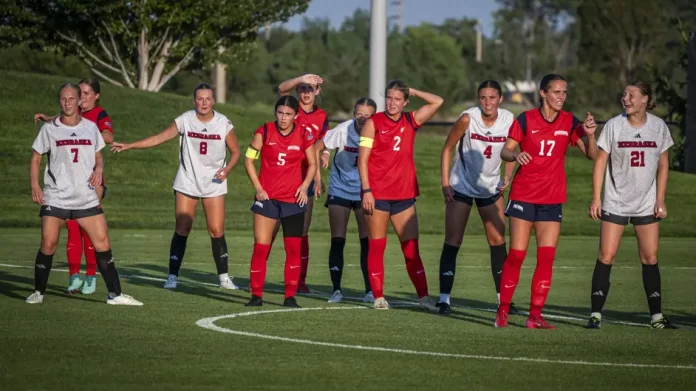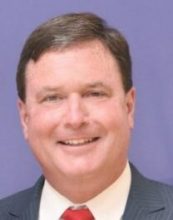One sample group of mosquitoes from a surveillance trap collected within the City of Evansville has tested positive for
West Nile Virus. This is the first positive test of mosquitoes in Vanderburgh County this year. So far there have been 294
positive sample groups within 61 counties in Indiana. A human case of West Nile Virus in Vanderburgh County was also
previously reported in July. The Vanderburgh County Health Department is advising the public to take precautions against
mosquito bites due to the presence of West Nile Virus being found in mosquito samples throughout the state of Indiana
and the risk of mosquitoes transmitting the disease progressing thru the rest of the summer.
While most people infected with West Nile virus have no symptoms or only mild flu-like symptoms, some people will
develop a more severe form of the disease affecting the nervous system, including inflammation in the brain and spinal
cord, muscle paralysis or even death. People older than 60 years and those with weakened immune systems are at higher
risk of severe symptoms. People who think they may have West Nile virus should see their healthcare provider.
The Vanderburgh County Health Department will continue to focus its efforts on habitat elimination, education, and the
treatment of stagnant or standing water for mosquito larvae, as these are the most effective forms of mosquito control.
Tips to help avoid mosquito-borne diseases and reduce mosquito populations:
• Avoid being outdoors when mosquitoes are active (especially late afternoon, dusk to dawn and early morning);
• Apply an EPA-registered insect repellent containing DEET, picaridin, IR3535, oil of lemon eucalyptus, or para-
menthane-diol, or 2-undecanone according to the label instructions;
• Cover exposed skin by wearing a hat, long sleeves and long pants in places where mosquitoes are especially
active;
● Make sure your property is free of any standing water. Empty containers such as flowerpots, buckets, trash cans, and
clogged gutters. Keep the grass cut and landscaping trimmed, as adult mosquitoes use overgrown areas as safe places to











